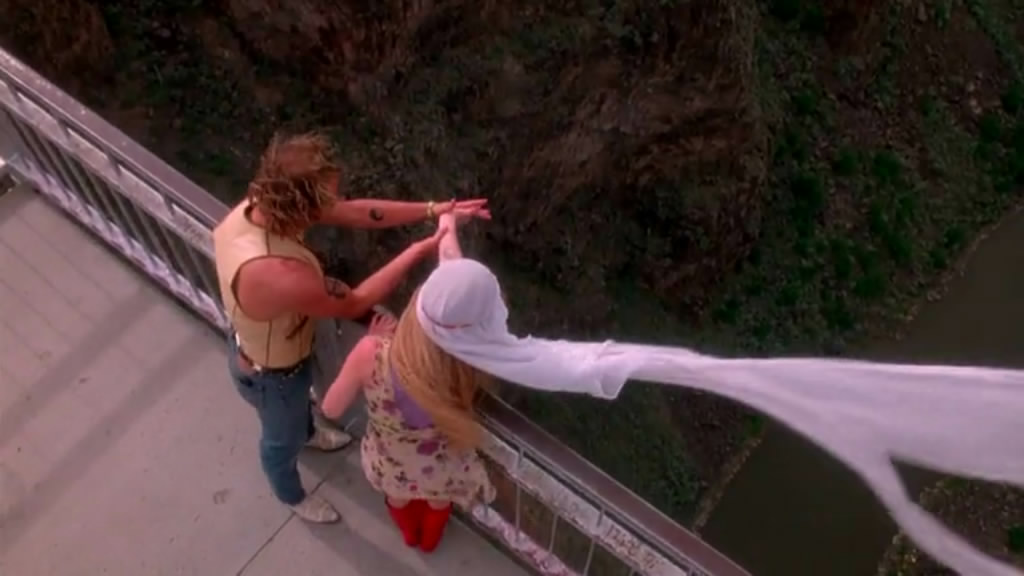Since the Revolution of 1911, the changes of school uniforms follow the footsteps of history all the way winding forward, carrying almost all the laughter and tears of each of us in our youth, shining in our memory.
Although the Revolution of 1911 failed to liberate China from the semi-feudal and semi-colonial society, it broke the restriction of clothing in the old era that “people are divided into five classes and clothes are divided into five colors” for thousands of years. The spring tide of the new culture movement awakened people’s desire for beauty, and the young generation showed unprecedented innocence, relaxation and joy.
1930s: Cheongsam gained favor on campus
In the 1930s, the cheongsam style school uniform gradually replaced the original skirt shirt uniform, and the 1930s was also the most popular decade of cheongsam
The 1940s: continued the style of the 1930s
1950s: More casual, lack of specific uniforms
In the early days of the founding of the People’s Republic of China, the whole country automatically wore blue and gray uniforms for cadres, Lenin suits and cotton overcoats. The long gown and mandarin jacket basically withdrew from the historical stage. Fifty-eight years ago, the atmosphere was relatively relaxed, and college girls still wore colorful woolen coats. Yang Mo’s Song of Youth is about this period.
60 time, 70 time: old military uniform: one after another “movement” obliterate the gorgeous color of the splendid mountains and rivers, a little bright-coloured, novel clothes were suppressed, look at the students of this period, the old military uniform of grass green is their main color. (But this was not a school uniform, a period when the word “school uniform” disappeared from our country.)
The eighties: school uniforms are back
After the reform and opening up, China’s clothing finally ushered in the spring of flowers blooming, in the late 1980s, the word “school uniform”, also gradually returned to our sight. At the beginning, the school uniform is not available in every school, there is a school uniform, there is no unified requirements.

90s and early 2000s: sports uniforms take over
At this time, school uniforms in mainland China are generally sportswear based, with blue, red, green and white colors and polyester cotton and golden velvet fabrics. This plays a major role in cultivating students’ team spirit, strengthening the overall image of the school and enhancing the collective sense of honor. The Ministry of Education issued a document in 1993 to strengthen the dressing of primary and secondary school students.
21st century: uniform school uniform
With the improvement of living standards, the general sports school uniform has been unable to meet the requirements of students and parents, more and more Korean version, uniform style school uniforms appear in people’s vision.
